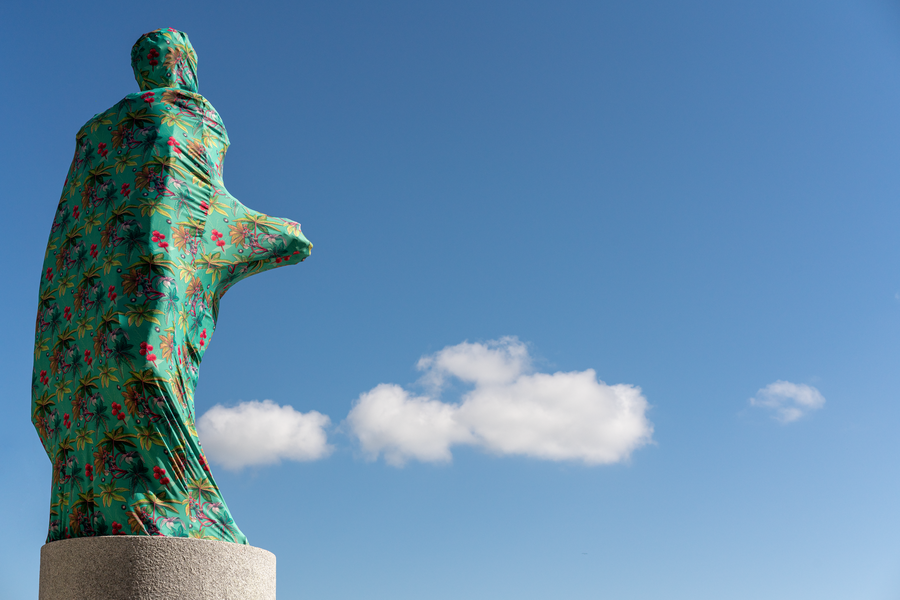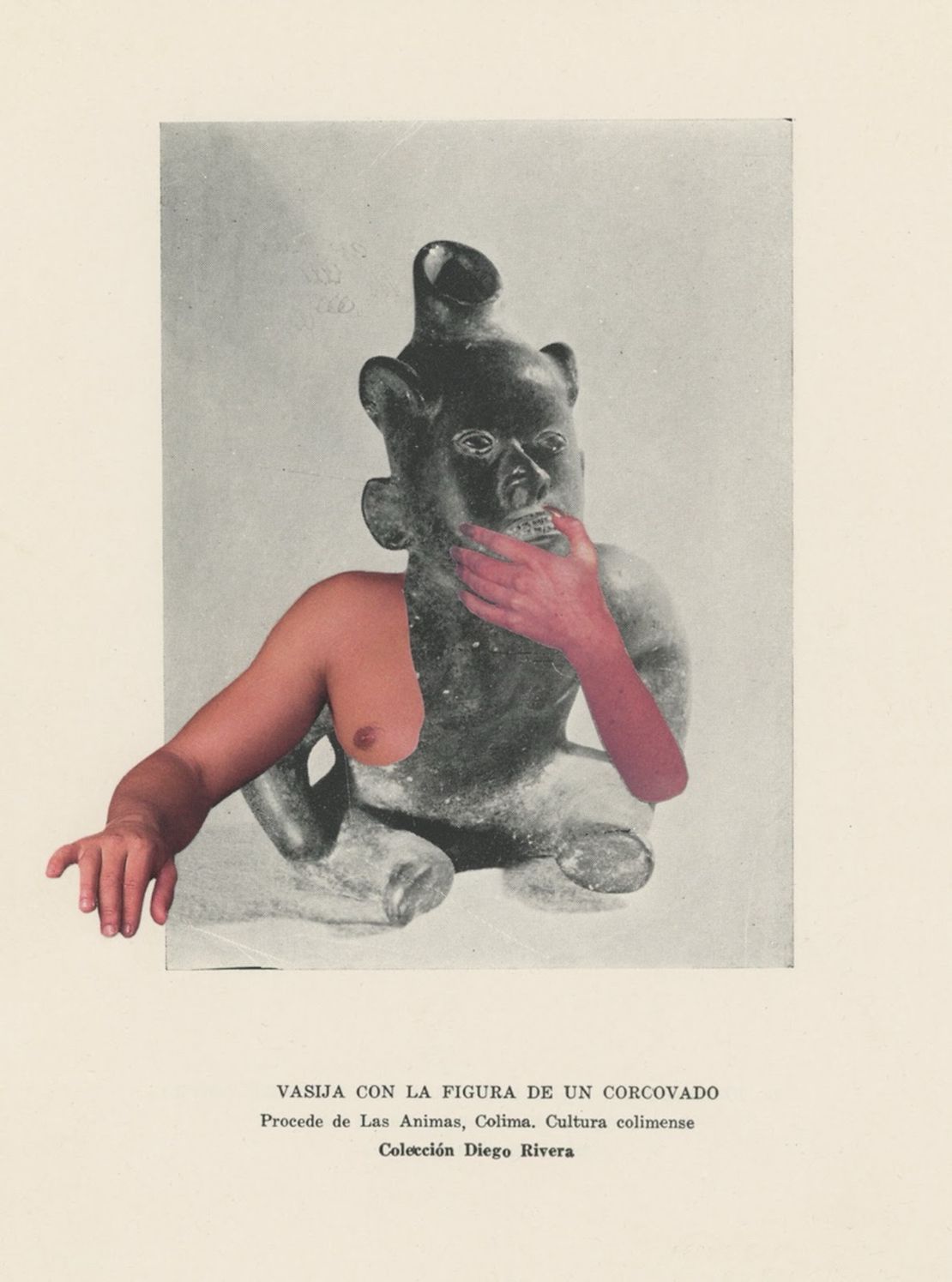Abstract
Yori Minaya’s work is closely related to territory and cultural heritage, as it addresses monuments as physical elements that represent the history and identity of a community or society in a specific territory. These artworks have the ability to question the use of monuments to perpetuate hegemonic or revisionist narratives, excluding or distorting the diversity of experiences and perspectives. By challenging existing monuments, these works invite reflection on the meaning and representation of territory and cultural heritage, exploring new ways to approach collective memory and promoting the inclusion of subaltern voices and alternative perspectives in historical narratives.
Joiri Minaya utilizes the vibrant tropical patterns of native Caribbean plants as a medium to examine the colonial legacies of the territory. By hand-drawing various ‘plants of resistance,’ Minaya challenges the colonial and Eurocentric gaze that cataloged these plants during colonization. Notably, she applies her patterns to conceal colonial monuments and statues, such as the statue of Ponce de León at the Torch of Friendship and the statue of Christopher Columbus behind the Bayfront Park Amphitheater, both located in Miami, Florida. Minaya’s artistic interventions align with the broader movements against colonialism and racism. They reflect the growing acknowledgment of the need to reassess and dismantle structures rooted in oppression critically. Her actions contribute to the ongoing dialogue surrounding the removal or recontextualization of colonial monuments, which have long celebrated figures involved in subjugating and exploiting marginalized communities.
By covering these monuments, Minaya disrupts their public visibility and challenges the dominant narratives perpetuating their glorification. Her work invites viewers to confront the uncomfortable truths hidden behind these symbols of power. Through her creative expressions, Minaya encourages a deeper understanding of the impact of colonialism and prompts us to question the histories we inherit. Minaya’s art serves as a form of resistance, fostering dialogue and contributing to the ongoing efforts to decolonize public spaces. Reclaiming agency and challenging the established narratives, she sparks critical reflection and supports pursuing a more inclusive and just society.

